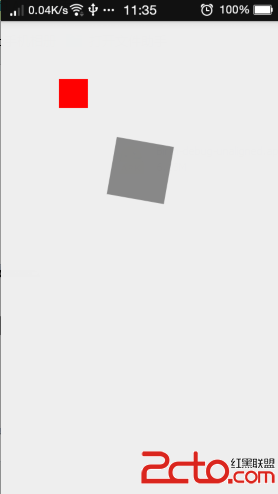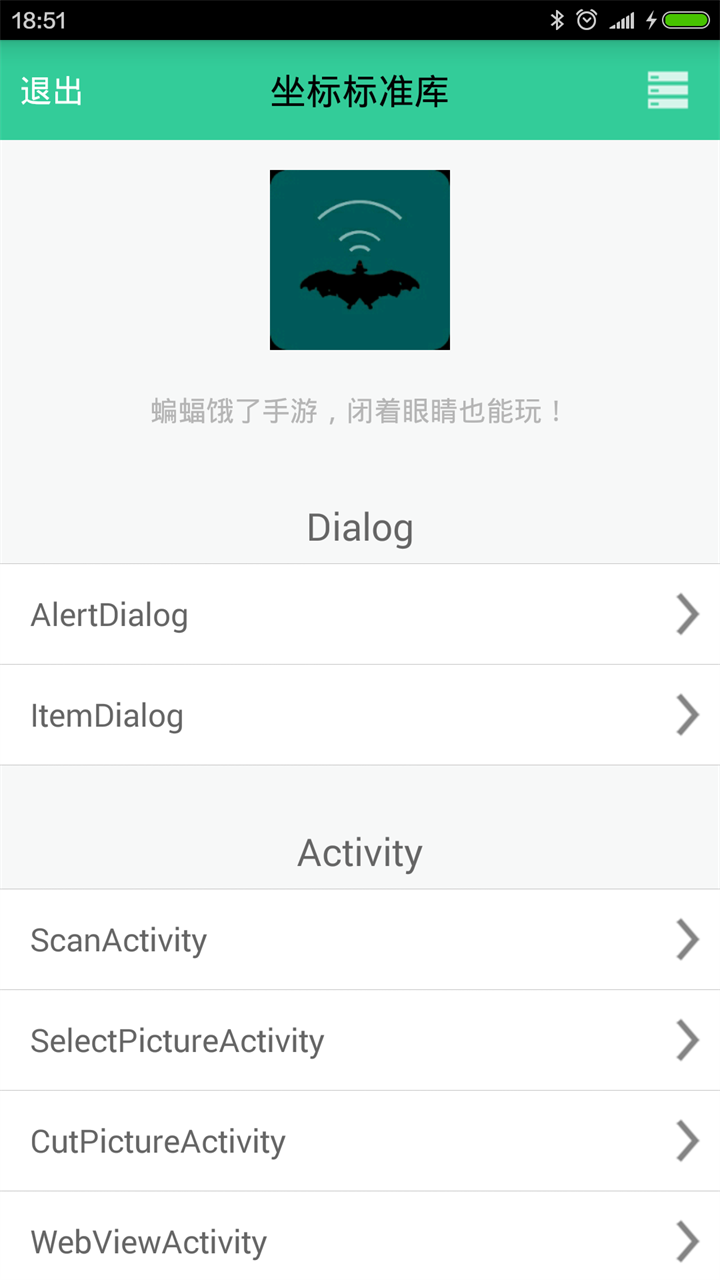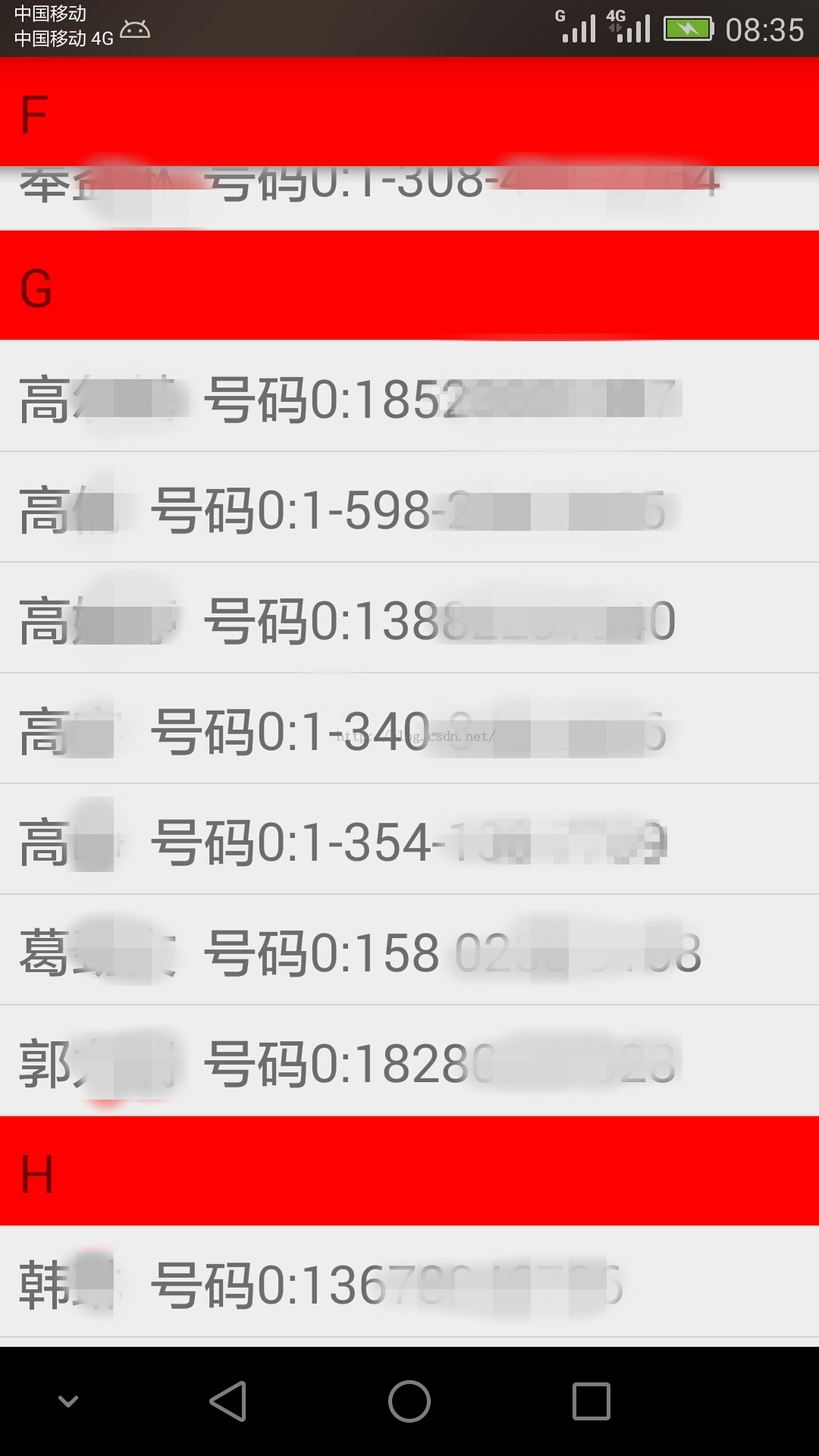編輯:關於android開發
上一節講的是Fragment的創建和生命周期,本篇繼續講解Fragment界面的實現。
一、為fragment添加用戶界面
Fragment一般作為activity的用戶界面的一部分,把它自己的layout嵌入到activity的layout中。
要為fragment提供layout,你必須實現onCreateView()回調方法,然後在這個方法中返回一個View對象,這個對象是fragment的layout的根。
注:如果你的fragment是從ListFragment中派生的,就不需要實現onCreateView()方法了,因為默認的實現已經為你返回了ListView控件對象。
要從onCreateView()方法中返回layout對象,你可以從layout xml中生成layout對象。為了幫助你這樣做,onCreateView()提供了一個LayoutInflater對象。
舉例:以下代碼展示了一個Fragment的子類如何從layout xml文件example_fragment.xml中生成對象。
Java代碼onCreateView()參數中的container是存放fragment的layout的ViewGroup對象。savedInstanceState參數是一個Bundle,跟activity的onCreate()中Bundle差不多,用於狀態恢復。但是fragment的onCreate()中也有Bundle參數,所以此處的Bundle中存放的數據與onCreate()中存放的數據還是不同的。至於詳細信息,請參考“操控fragment的生命周期”一節。
Inflate()方法有三個參數:
1、layout的資源ID。
2、存放fragment的layout的ViewGroup。
3、布爾型數據表示是否在創建fragment的layout期間,把layout附加到container上(在這個例子中,因為系統已經把layout插入到container中了,所以值為false,如果為true會導至在最終的layout中創建多余的ViewGroup(這句我看不明白,但我翻譯的應該沒錯))。
現在你看到如何為fragment創建layout了,下面講述如何把它添加到activity中。
二、把fragment添加到activity
一般情況下,fragment把它的layout作為activitiy的layout的一部分合並到activity中,有兩種方法將一個fragment添加到activity中:
方法一:在activity的layout xml文件中聲明fragment
如下代碼,一個activity中包含兩個fragment:
XML/HTML代碼<fragment>中聲明一個fragment。
當系統創建上例中的layout時,它實例化每一個fragment,然後調用它們的onCreateView()方法,以獲取每個fragment的layout。系統把fragment返回的view對象插入到<fragment>元素的位置,直接代替<fragment>元素。
注:每個fragment都需要提供一個ID,系統在activity重新創建時用它來恢復fragment們,你也可以用它來操作fragment進行其它的事物,比如刪除它。有三種方法給fragment提供ID:
1、為android:id屬性賦一個數字。
2、為android:tag屬性賦一個字符串。
3、如果你沒有使用上述任何一種方法,系統將使用fragment的容器的ID。
方法二:在代碼中添加fragment到一個ViewGroup
這種方法可以在運行時,把fragment添加到activity的layout中。你只需指定一個要包含fragment的ViewGroup。
為了完成fragment的事務(比如添加,刪除,替換等),你必須使用FragmentTransaction的方法。你可以從activity獲取到FragmentTransaction,如下:
Java代碼然後你可以用add()方法添加一個fragment,它有參數用於指定容納fragment的ViewGroup。如下:
Java代碼Add()的第一個參數是容器ViewGroup,第二個是要添加的fragment。一旦你通過FragmentTransaction對fragment做出了改變,你必須調用方法commit()提交這些改變。
不僅在無界面的fragment中,在有界面的fragment中也可以使用tag來作為為一標志,這樣在需要獲取fragment對象時,要調用findFragmentTag()。
三、添加一個沒有界面的fragment
上面演示了如何添加fragment來提供界面,然而,你也可以使用fragment為activity提供後台的行為而不用顯示fragment的界面。
要添加一個沒有界面的fragment,需在activity中調用方法add(Fragment,String)(它支持用一個唯一的字符串做為fragment的”tag”,而不是viewID)。這樣添加的fragment由於沒有界面,所以你在實現它時不需調用實現onCreateView()方法。
使用tag字符串來標識一個fragment並不是只能用於沒有界面的fragment上,你也可以把它用於有界面的fragment上,但是,如果一個fragment沒有界面,tag字符串將成為它唯一的選擇。獲取以tag標識的fragment,需使用方法findFragmentByTab()。
 淺談android:clipChildren屬性,
淺談android:clipChildren屬性,
淺談android:clipChildren屬性,實現功能: 1、APP主界面底部模塊欄 2、ViewPager一屏多個界面顯示 3、........ 首先
 Android 繪圖機制:canvas初解
Android 繪圖機制:canvas初解
Android 繪圖機制:canvas初解 Canvas 即“畫布”的意思,在Android中用其來進行2D繪畫。 在使用can
 100多個Styles快速開發布局XML,一行搞定View屬性,一鍵統一配置UI...,stylesui..
100多個Styles快速開發布局XML,一行搞定View屬性,一鍵統一配置UI...,stylesui..
100多個Styles快速開發布局XML,一行搞定View屬性,一鍵統一配置UI...,stylesui.. Android開發中大量使用XML代碼作為界面的
 獲取手機通訊錄放入PinnedSectionListView中,按名字首字母排序,並且實現撥打電話功能。,釘釘撥打非通訊錄
獲取手機通訊錄放入PinnedSectionListView中,按名字首字母排序,並且實現撥打電話功能。,釘釘撥打非通訊錄
獲取手機通訊錄放入PinnedSectionListView中,按名字首字母排序,並且實現撥打電話功能。,釘釘撥打非通訊錄 1 package com.lixu.ton